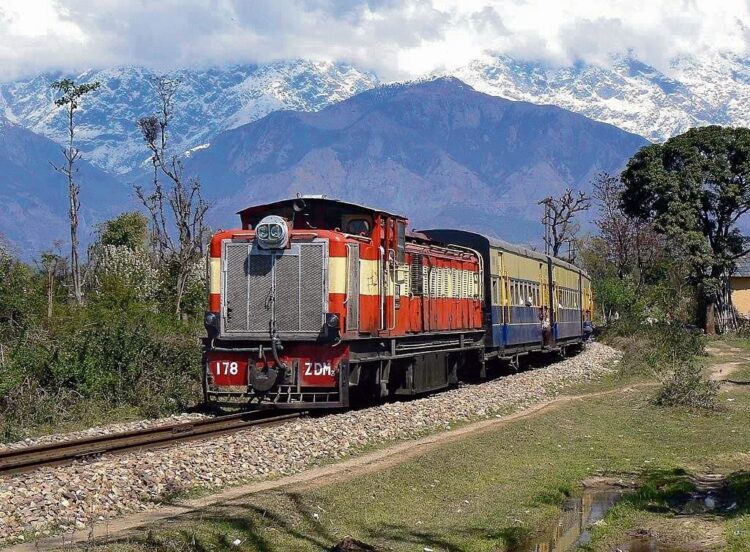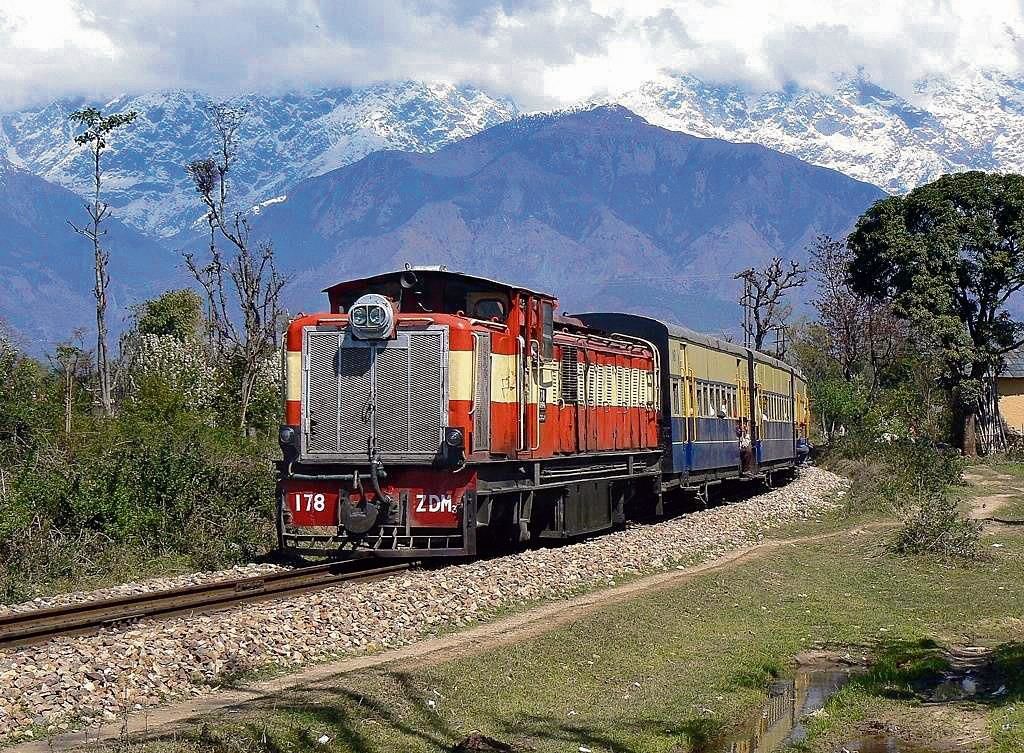The Kangra Valley rail route has not seen the commencement of regular train services by Indian Railways. Due to a bridge failure on the Chakki bank during the monsoon, train services on this route were discontinued two years ago. Even though work on the Chakki River bridge is underway, it might take an additional two years to finish due to the slow progress of the project. The Railways had previously started offering rail services between Paprola and Nurpur, but these were eventually abandoned as well.

It should be emphasized that in the previous 92 years, Indian Railways has not put a single brick to this track. Many of the designs that were created to expand this narrow gauge line into a wide gauge line are still only in the files. In the last 25 years, the population and number of visitors to the Kangra valley have increased significantly, but the railways have fallen short of the demands of both the people and the visitors.
Without appropriate upkeep and repairs, the majority of the residential buildings and railway station structures are in danger of collapsing. No high-speed or express trains have been introduced on this route since the state of the rail rails has deteriorated over the last several years. Regarding the trains, the majority of the carriages lack working lighting and fans.
When this line was first established two years ago, seven trains ran daily, stopping at 33 stops and traveling through significant cities including Nurpur, Jwali, Jwalamukhi Road, Kangra, Nagrota Bagwan, Chamunda, Palampur, Baijnath, and Jogindernagar, which are also some of the most popular tourist destinations.
The Indian Railways’ lack of effort to convert the 120-km track into a wide gauge line is the primary reason for the dilapidated state of the small gauge railway line in the Kangra valley, which is crucial to the local economy.
This railway line was constructed in 1932 by the British to connect the major, religious towns of Kangra and a portion of the Mandi area. It is said that the primary reason for laying this track was to transport heavy machinery for the construction of Jogindernagar, North India’s first hydroelectric power plant.
